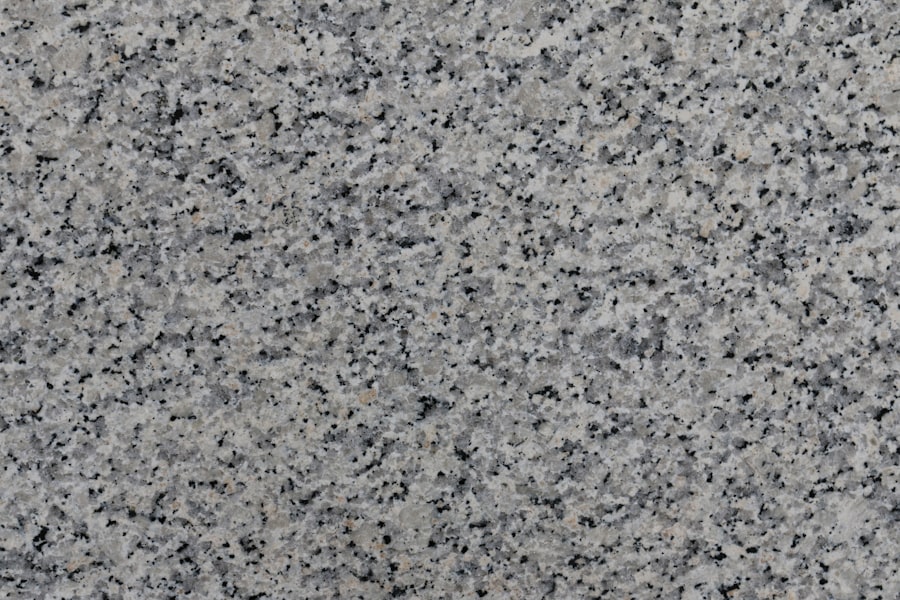
Tile and stone setting is a craft that marries aesthetics with functionality, transforming spaces into visually stunning environments. This art form has been practiced for centuries, with roots tracing back to ancient civilizations that utilized natural materials to create intricate designs. The process involves not only the physical act of laying tiles or stones but also a deep understanding of design principles, material properties, and spatial dynamics.
A skilled tile and stone setter must possess an eye for detail, ensuring that each piece is placed with precision to create a cohesive and harmonious look. The artistry in tile and stone setting is evident in various applications, from residential kitchens and bathrooms to grand public spaces like museums and airports. Each project presents unique challenges, requiring the setter to adapt their techniques to accommodate different materials, patterns, and layouts.
For instance, a mosaic installation demands a different approach than a large-format tile application. The former often involves intricate cutting and fitting of small pieces, while the latter may require careful planning to ensure that the weight distribution and alignment are perfect. The ability to visualize the final outcome before the first piece is laid is a hallmark of a true artisan in this field.
Key Takeaways
- Precision and attention to detail are essential in the art of tile and stone setting.
- Training and education programs provide valuable skills and knowledge for tile and stone setters.
- The job outlook for tile and stone setters is promising, with opportunities for growth and advancement.
- Utilizing the right tools and techniques is crucial for successful tile and stone setting projects.
- While challenging, a career in tile and stone setting offers rewarding opportunities for creativity and craftsmanship.
- The future of tile and stone setting in the USA looks bright, with increasing demand for skilled professionals in the industry.
Training and Education for Tile and Stone Setters
Becoming a proficient tile and stone setter typically involves a combination of formal education and hands-on training. Many aspiring professionals start their journey by enrolling in vocational schools or community colleges that offer specialized programs in tile setting or masonry. These programs often cover essential topics such as material science, design principles, and installation techniques.
Students learn about different types of tiles and stones, including ceramic, porcelain, granite, marble, and slate, gaining insights into their properties and best uses. In addition to classroom instruction, practical experience is crucial for developing the skills necessary for success in this field. Many students participate in apprenticeships under the guidance of experienced setters, where they can apply their knowledge in real-world settings.
This on-the-job training allows them to master various techniques, such as cutting tiles with precision tools, mixing adhesives, and ensuring proper alignment during installation. Furthermore, apprenticeships often provide exposure to different project types, from residential renovations to commercial installations, broadening their skill set and enhancing their employability.
Job Outlook and Opportunities for Tile and Stone Setters

The job outlook for tile and stone setters remains positive, driven by ongoing demand in both residential and commercial construction sectors. As new homes are built and existing structures are renovated, the need for skilled professionals who can install tile and stone surfaces continues to grow. According to the U.S. Bureau of Labor Statistics, employment for tile and marble setters is projected to increase by approximately 4% over the next decade, which is consistent with the average growth rate for all occupations. Opportunities for tile and stone setters extend beyond traditional installation roles. Many professionals find success by specializing in niche areas such as restoration work or custom design projects. For instance, some may focus on historical restoration, where they meticulously replicate original tile patterns in heritage buildings. Others may venture into high-end residential projects that require bespoke designs tailored to individual client preferences. Additionally, as sustainability becomes increasingly important in construction, setters who are knowledgeable about eco-friendly materials and practices may find themselves in high demand.
Tools and Techniques of Tile and Stone Setting
| Tools and Techniques | Description |
|---|---|
| Trowel | A flat-bladed tool used for spreading adhesive or mortar |
| Tile cutter | A tool used to cut tiles to fit around obstacles or into corners |
| Grout float | Used to apply and pack grout into the joints between tiles |
| Tile spacers | Small plastic pieces used to ensure even spacing between tiles |
| Wet saw | A power tool used to cut tiles, especially for curved or irregular cuts |
The tools of the trade are essential for tile and stone setters, enabling them to execute their craft with precision and efficiency. Basic tools include trowels for spreading adhesive, tile cutters for shaping pieces, and levels for ensuring proper alignment.
Each tool serves a specific purpose, contributing to the overall quality of the installation. Techniques in tile and stone setting vary widely depending on the materials used and the desired outcome. For example, when working with natural stone, setters must account for variations in thickness and texture, which can affect how pieces fit together.
Techniques such as back buttering—applying adhesive directly to the back of tiles—can help achieve better adhesion and reduce lippage (the unevenness between adjacent tiles). Additionally, understanding the importance of expansion joints is crucial when installing large areas of tile or stone; these joints allow for movement due to temperature changes without compromising the integrity of the installation.
Challenges and Rewards of a Career in Tile and Stone Setting
While a career in tile and stone setting can be rewarding, it is not without its challenges. One significant hurdle is the physical demands of the job; setters often work on their knees or in awkward positions for extended periods. Lifting heavy materials can also lead to strain or injury if proper techniques are not employed.
Moreover, working on construction sites exposes setters to various environmental factors such as dust, noise, and fluctuating temperatures, which can impact comfort levels. Despite these challenges, many professionals find immense satisfaction in their work. The ability to transform a space through skillful installation provides a sense of accomplishment that few other trades can match.
Seeing a completed project—whether it’s a stunning kitchen backsplash or an elegant entryway—can evoke pride in craftsmanship. Additionally, the potential for creativity allows setters to express themselves through their work; each project presents an opportunity to experiment with colors, patterns, and textures that resonate with clients’ visions.
The Future of Tile and Stone Setting in the USA

As we look toward the future of tile and stone setting in the United States, several trends are shaping the industry landscape. One notable development is the increasing popularity of sustainable materials. Consumers are becoming more environmentally conscious, prompting manufacturers to produce tiles made from recycled materials or sustainably sourced stones.
This shift not only benefits the environment but also opens new avenues for setters who are knowledgeable about these products. Technological advancements are also influencing the field of tile and stone setting. Innovations such as digital templating systems allow for more precise measurements and cuts, reducing waste and improving efficiency on job sites.
Additionally, augmented reality (AR) applications are emerging as tools for designers and clients alike; these technologies enable users to visualize how different tiles will look in their spaces before installation begins. As these trends continue to evolve, tile and stone setters who embrace new technologies will likely find themselves at a competitive advantage in an ever-changing market. In conclusion, tile and stone setting is a multifaceted profession that combines artistry with technical skill.
With a solid foundation of training and education, coupled with an understanding of industry trends and challenges, aspiring professionals can carve out successful careers in this dynamic field. The future holds promise for those willing to adapt and innovate within this timeless craft.
If you are exploring career options similar to Tile and Stone Setters, you might find the article on “Hand Laborers and Material Movers” insightful. This article discusses various aspects of physical labor jobs, which share common ground with the hands-on skills required in tile and stone setting. Understanding the scope, responsibilities, and growth opportunities in related fields can provide a broader perspective on your career choices. You can read more about it by visiting Hand Laborers and Material Movers.
FAQs
What is a tile and stone setter?
A tile and stone setter is a skilled tradesperson who installs ceramic, marble, granite, and other types of tile and stone in residential and commercial buildings.
What are the job responsibilities of a tile and stone setter?
The job responsibilities of a tile and stone setter include preparing surfaces for tile and stone installation, cutting and shaping tiles and stones, applying adhesives and grout, and ensuring that the finished product is level and aligned properly.
What skills are required to become a tile and stone setter?
To become a tile and stone setter, one needs to have good hand-eye coordination, physical strength and stamina, attention to detail, and the ability to read and understand blueprints and specifications.
What is the work environment like for tile and stone setters?
Tile and stone setters typically work indoors in residential and commercial buildings. They may work in new construction or renovation projects, and the job can be physically demanding.
What is the job outlook for tile and stone setters in the USA?
According to the Bureau of Labor Statistics, the job outlook for tile and stone setters is projected to grow 8% from 2020 to 2030, which is faster than the average for all occupations.
What is the typical salary for tile and stone setters in the USA?
The median annual wage for tile and stone setters was $44,810 in May 2020, according to the Bureau of Labor Statistics.



